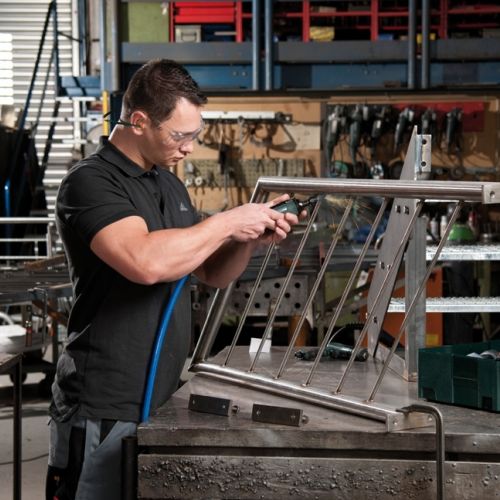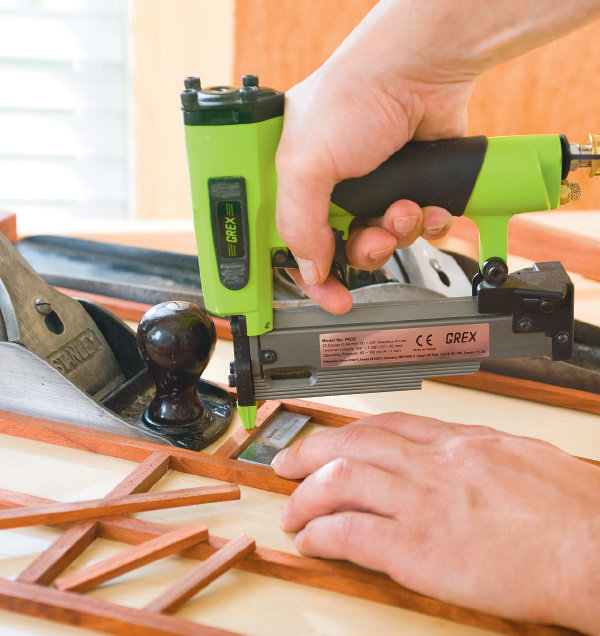Pneumatic Basics: Air Powered Tools

In our previous article Pneumatic Basics: Compressors – Holding Your Breath we explored the various basic components of the air compressor and the factors to consider when choosing an air compressor for your workshop tools. Today, we will be looking into the various tools available to use on the air compressor
Air Powered Drills & Drivers
These drill/drivers contain a series of air tubes that are connected to the pile driver and eventually to the drill bit at the end. The compressed air from the compressor then goes into the drill and moves the air tube circuit system to create the rotation. Air drills tend to be smaller, lighter and more powerful than their electric equivalents. Factors to consider when purchasing one of these is the maximum drill chuck size and maximum RPM.
Air Powered/Pneumatic Impact Wrenches

Much like the air drills, air impact wrenches use air pressure to create (in short bursts) an intense twisting motion to the recalcitrant lug, pushing your fastener with the required force. Factors to consider when buying one of these impact wrenches are the drill chuck size and the required CFM (airflow) which differs from each impact wrench (typically speaking this would be about 7 CFM).
Pneumatic Angle Grinders

In the workshop environment where efficiency and productivity are key, the pneumatic angle grinder delivers far more power and reliability than the electric powered grinder – at a lesser cost. Their lightweight but robust build quality makes these tools ideal for the workshop where they will experience much abuse. With the heavy power requirements of an electric-powered angle grinder, pneumatic angle grinders also tend to have fewer safety risks.

Pneumatic Die Grinders
Known as one of the most versatile tools in the workshop, the die grinders can be used for many functions ranging from grinding to cutting, polishing, cleaning and sheering. The user has a choice between these various operations by simply changing the bit attached to the collet. The most important factors to consider when buying an air-powered die grinder are the collet size and the size of the die grinder itself. Some grinders are made smaller and some are also made with shorter “necks” to use in harder to reach areas. Much like the pneumatic angle grinders, these tools have very high RPMs (up to 50 000), which makes them prone to over-heating. Always allow the tool time to cool down when it reaches high temperatures.
Pneumatic Nail Guns
Electric nail guns are almost unheard of in all levels of industry, from DIY to heavy-duty operations. The performance, reliability and low-cost of pneumatic nail guns make them indubitably better than electric nail guns. There are two types of pneumatic nailers available, the finish nailer and brad nailer. The difference between these nailers is the thickness/gauge of the nails which are used. Nailers that have a gauge of 15-16 are referred to as finish nailers whereas brad nailers usually require 18-23 gauge nails. Put simply, the higher the gauge number the thinner the nail. The choice between these nailers will depend on the demands of your project, light to heavy.
Tools4Builders are able to accommodate any request related to an associated product. Please browse through our online catalogue.

Comments
Add comment